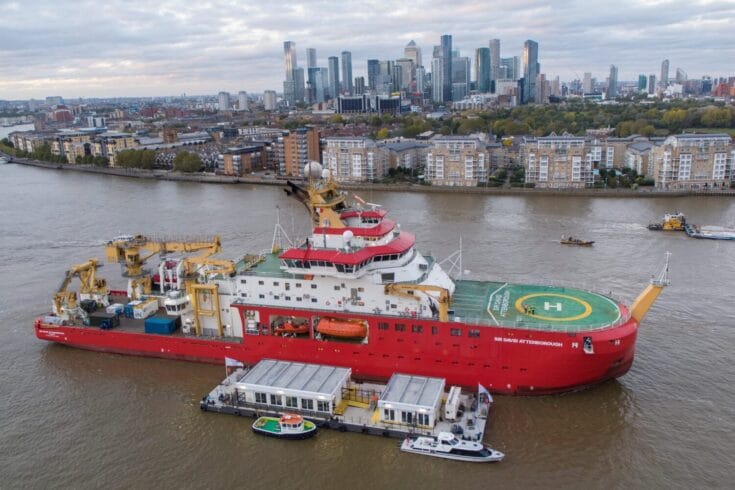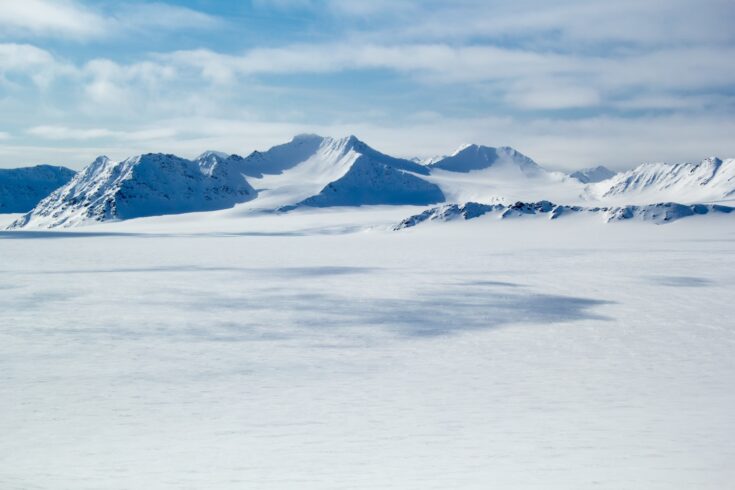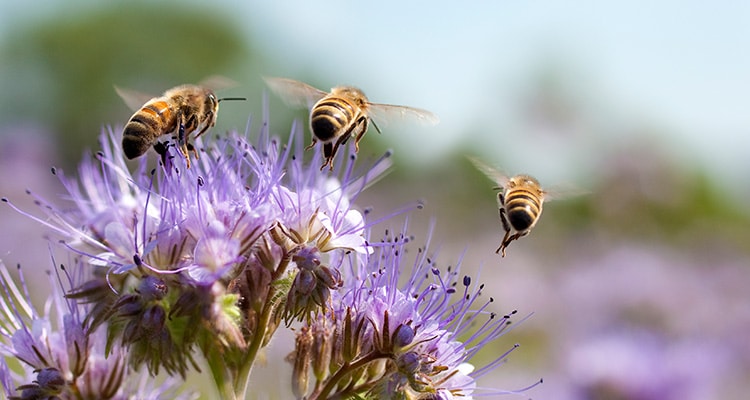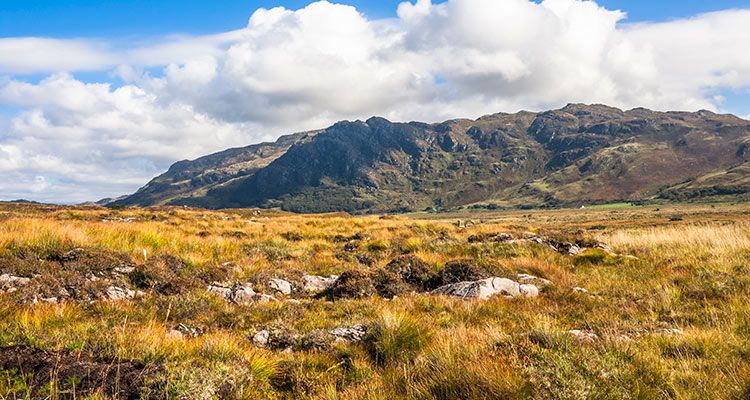Earth never stops! Find out what exciting developments are happening from around the world.

The UK’s new polar research ship has made its London debut in Greenwich today in support of the UK Presidency of the United Nations Climate Change Conference (COP26).
RRS Sir David Attenborough has been undergoing sea trials around the UK and is now ready for service. The ship will embark on its first Antarctic mission later this year.
The ship is making this special visit to Greenwich as part of a three-day public celebration hosted by the Natural Environment Research Council’s (NERC) British Antarctic Survey (BAS) and Royal Museums Greenwich (RMG).

The Natural Environment Research Council (NERC) is launching a new public engagement programme for young adults concerned about the environment.
This comes as part of UK Research and Innovation’s (UKRI) contribution to the United Nations Climate Change Conference (COP26).
The COP26 eco-anxiety digital engagement project entitled ‘Our Stories, Our Systems’ will facilitate two-way engagement between environmental science researchers and eco-anxious young adults.
The project will connect young people aged 15-25 years old across the UK with UKRI funded researchers to tell their climate stories.

‘Eco-friendly’ LED streetlights are even more harmful for insect populations than the traditional sodium bulbs they are replacing, a NERC-funded study has shown.
The negative impacts of light pollution on insects including moths, which provide essential food sources for a variety of animals and are important pollinators, are well known.
However, scientists behind this latest research say it is the first investigation into the effects of the whiter outdoor LED lights on insect populations in ‘real world’ conditions.

The Arctic Station in Ny-Ålesund, Svalbard in Norway, the UK’s permanent Arctic research facility, has celebrated its 30 years anniversary this week.
The facility continues to undertake critical research into how climate change is impacting the pristine environment, with the Arctic warming three times faster than the rest of the world.

A diverse group of members of the public, including those from under-represented communities, are helping to shape NERC’s healthy environment research priorities.
Between December 2020 and July 2021, 95 participants took part in several co-created online workshops at which they were able to:
• learn about NERC’s research on climate change, pollution, green spaces and the role of the environment in the spread of infectious disease
• use virtual reality to interact with different environments
• discuss and share ideas on what areas of research should be prioritised.

Scientists have discovered that mammals successfully evolved over the years by getting smaller in size.
The origin of modern mammals can be traced back more than 200 million years to the age of dinosaurs. But while dinosaurs evolved to become some of the largest land animals, for the following 150 million years the ancestors of all modern mammals pursued an entirely different strategy – getting very small.
Modern mammals are unique in having a lower jaw consisting of just a single bone that bears teeth. In contrast, all other vertebrates possess complex lower jaws formed by at least five or more bones joined together. In the course of evolution, fossils show that the lower jaw of mammalian ancestors became simplified and a new jaw joint was formed, while some of the other bones moved into the middle ear to aid in hearing. The team of scientists, from the UK and the US, wanted to find out how it was possible for mammals to simplify and restructure their lower jaws, while maintaining the ability to feed and hear. Using modern computer analysis to scan fossil skulls and lower jaws, they looked at what happened to the skeleton of our tiny mammal ancestors.
Their results showed that the small size of the fossil mammals significantly reduced the stresses in the jaw bones when feeding, while still being powerful enough to capture and bite through prey, such as insects.

Dr Nicola Masey has found that a new system can accurately model air quality in large cities like London in minutes, within five metres of any given location using just a standard office computer.
Air pollution monitors are stationed in cities and towns across the UK, but they only report pollution once it has happened. That means they can’t predict when air quality might change. Also, they only monitor a specific location, while air quality can vary substantially over small areas.
The new RapidAir® software, developed by a company called Ricardo, can predict what air quality will be depending on various factors. To find out if it was accurate, Nicola looked at historic pollution records from 86 sites across London and compared them to estimates from RapidAir. The software’s results matched records, showing that it was a good predictor.
Her research, which ran in parallel to the development of the RapidAir model by Ricardo, investigated the use of well-known mathematical equations to simulate the concentration of pollutions on built-up roads – sometimes called ‘street canyons’. She compared these with concentrations estimated with another method that estimates how densely built-up an area is.
For example, urban designers often look at things such as the amount of sky that can be seen, hill shade and wind effect to assess warmth and shade, but until now these factors have not been widely used in air pollution studies.
NERC Associate Director, Operations & Research Careers, Robyn Thomas said:
Air pollution is a pressing issue in the UK and internationally. We fund high-quality scientific research and innovation to advance our understanding of the sources and impacts of poor air quality, including funding researchers working with industry, business and government. As part of her NERC CASE studentship, Dr Masey’s work with Ricardo will help cities and people plan their air pollution exposure to minimise risks to health.

Scientists flew through the plumes of smoke rising from the Greater Manchester moor fires to sample pollution levels.
Operating the UK’s specially-adapted research aircraft, a team of NERC-funded scientists have measured and sampled the air pollution released from the moorland fires at Winter Hill and Saddleworth.
The recent heatwave has left the UK’s peaty moorlands vulnerable to burning, contributing to global warming in the same way as burning fossil fuels. The blazes broke out on the moors in late June during hot, dry weather and have continued throughout the heatwave despite ongoing efforts from the Greater Manchester Fire & Rescue Service.
Samples from the fire plumes taken on Thursday by researchers from the National Centre for Atmospheric Science (NCAS) on board the NERC and Met Office aircraft know as Facility for Airborne Atmospheric Measurements (FAAM). The team has previously used the airborne laboratory to measure methane levels from tropical fires in Africa, but are now using the same techniques to understand the UK moorland fires.
The samples are being analysed to identify gases like methane coming from the burning peat and will identify the other pollutants being released.
This work is part of Project MOYA – the global methane budget, which is a major project funded by NERC.

An innovative monitoring scheme could provide a better understanding of the factors that impact on the size and health of honeybee populations, and on honey yields.
As part of its new National Honey Monitoring Scheme, the Centre for Ecology & Hydrology (CEH) is asking amateur and professional beekeepers to send in honey samples on a regular basis for comprehensive analysis using advanced techniques, including DNA barcoding and mass spectrometry.
Using these techniques, the scientists will identify the types of pollen and pesticide residues present in the honey samples, as well as some of the diseases that bees are exposed to.
Beekeepers in the UK have seen several poor seasons in a row for honey production. Weather is a decisive factor in honey production but urban development, agricultural impacts, including the widespread loss of wild flowers and pesticide use, plus climate change and an increase in disease are believed to impact negatively on both wild and managed bees and their productivity.

The UK’s spectacular scenery attracts millions of visitors from around the world. Iconic heath, peatland and sea lochs don’t just look beautiful though. They are shaped by the changing climate.
As they change, they create a picture of the impact of global warming that can help scientists find solutions. The landscape also plays a key role in climate change by storing carbon so it is not released into the atmosphere.
But just how the processes link together, and how plants and soils respond to global warming, remains unclear. NERC is funding research to find out how land and sea could be managed to safeguard its carbon stores, as well as the people and wildlife relying on it for survival.